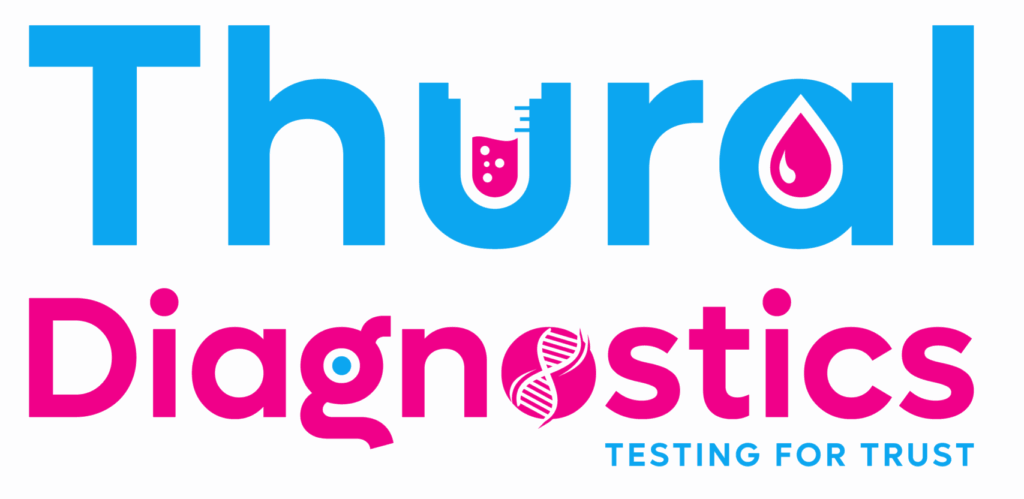Understanding diabetes screening can play a crucial role in managing your health. Fasting is a key part of checking blood sugar levels when looking out for diabetes. Diabetes often goes unnoticed because you might not have clear symptoms. This is why catching it early is important. This blog will help you know more about diabetes screening tests. We’ll cover what screening involves, when you should do it, and why the results are important.
Section 1: Understanding Blood Sugar and Fasting
Blood sugar, also known as glucose, is the energy your body uses for all its activities. After you eat, the body changes food into glucose. This sugar then travels in the bloodstream to give energy to cells, helping them function properly.
Fasting means you do not eat or drink anything but water before a blood test. This helps get an accurate picture of your blood sugar levels when the body is in a resting state. Many think they can drink other things during fasting, but only water is allowed. Drinking other fluids might change your test results, making them less accurate.
When preparing for a diabetes screening test, fasting is often a must. It helps establish a baseline, which is important for determining whether your blood sugar levels are in a normal range.
Section 2: The Silent Threat of Diabetes and Prediabetes
Diabetes screening tests are crucial for identifying prediabetes and Type 2 diabetes. Prediabetes means your blood sugar levels are higher than normal but not high enough to be diabetes. Both conditions often sneak up on people without clear symptoms. This sneakiness makes regular screening vital.
Screening can catch these conditions early, helping you take action before they lead to bigger health issues.
Section 3: Identifying When You Should Be Screened
So, when should you get a diabetes screening test? Here are some pointers:
- Age: Most people should consider screening starting at age 45.
- Family history: If diabetes runs in your family, it’s best to start screening earlier.
- Lifestyle factors: Things like being overweight or inactive can increase your risk.
The frequency of screening depends on your specific risk factors. You might need more regular screenings if you have a higher risk, while others only need testing every few years.
Section 4: Blood Sugar Testing Types and Roles
Diabetes screening tests come in different types, each serving a unique purpose. Here’s a quick overview:
- Fasting Plasma Glucose (FPG) Test: Requires fasting and measures your blood sugar after not eating for at least 8 hours. This test specifically helps in diagnosing diabetes.
- A1C Test: Shows your average blood sugar levels over the past 2 to 3 months. You don’t need to fast for this one.
- Oral Glucose Tolerance Test (OGTT): Used mainly during pregnancy but can be used to diagnose diabetes. You’ll fast, then drink a sweet drink, and your blood sugar is tested periodically.
Each test has its role, and the choice can depend on your healthcare provider’s advice. The correct preparation is key to getting accurate results. This means following fasting guidelines, and scheduling your test accurately.
Section 5: Preparing for a Fasting Blood Sugar Test
For a fasting test, plan to fast for at least 8-12 hours before. Water is okay, but nothing else. Your healthcare provider might give further instructions, especially if you take medications.
When getting ready for the test, know what to expect:
- You’ll feel a small prick when they draw blood. Relaxing can ease any discomfort.
- It’s easier to schedule tests in the morning so you don’t go too long without food.
Following fasting guidelines closely helps ensure the test gives true results, showing your blood sugar when it’s not influenced by food.
Section 6: Interpreting Test Results Accurately
Once you have your results, it’s essential to know what they mean:
- Normal: Below 100 mg/dL (fasting) or an A1C below 5.7%.
- Prediabetes: 100-125 mg/dL (fasting) or an A1C of 5.7%-6.4%.
- Diabetes: 126 mg/dL or higher (fasting) or an A1C of 6.5% or higher.
Results can vary, so confirmatory tests might follow to ensure a proper diagnosis. Always discuss your results with a healthcare professional.
Section 7: Immediate Steps Following a Diagnosis
If diagnosed with prediabetes, lifestyle changes are critical. Some changes could be:
- Eating healthier meals.
- Getting regular exercise.
- Managing weight.
For those with diabetes, it’s crucial to maintain regular monitoring. Your doctor can help establish a personalized care plan, which is vital for managing the condition.
Conclusion
Diabetes screening is crucial for pinpointing issues before they become serious, helping prevent severe complications. It’s never too early to discuss getting a screening with your healthcare provider. Early detection leads to better management and outcomes. So, take charge of your health and talk with your doctor about when a screening might be right for you. Early steps can make all the difference!


